What is the science behind right food combining? Which food combining rules are simply myths and which have scientific backing? Learn food combining rules that aid optimal nutrient absorption and degrade the effects of anti-nutrients.
Updated on October 20, 2022
Updated on May 13, 2024
Table of contents
What’s the Science Behind Right Food Combining?
The origins of food combining go back to the Ayurvedic medicine of ancient India. However, the principles where more widely popularised in the mid-1800s, known as trophology, or the science of food combining.
What is Food Combining?
As a rule, food combining classifies foods into different groups:
- carbohydrates: fruits and starches
- vegetables
- proteins
- fats
On the other hand, some plans identify foods as either acidic, alkaline, or neutral.
According to the rules of food combining, you do not want to mix proteins and starches in the same meal. This means, no bun with your hamburger, no meatballs if you have pasta, no potatoes with your meat.
Examples of Food Combining Rules
- Eat fruits alone. No fruits after a meal for 2-3 hours.
- Tomatoes should not be combined with any starch food, i.e. don’t combine starches with acidic foods.
- Eat melons alone, or leave it alone, or your stomach will moan.
- Do not combine different types of concentrated protein in one meal. No fish and chicken, no nuts and dairy, or beans and meat.
- If having dairy milk, do not combine it with anything, except vegetables.
- No animal proteins and starches at the same meal (including grains, like rice, and starchy vegetables, like potatoes).
- Do not consume concentrated proteins with fats. This means do not use cream, butter, oil, etc., with meat, eggs, cheese, nuts, etc. It’s said that tat depresses the action of the gastric glands and inhibits the pouring out of the proper gastric juices for meats, nuts, eggs, or other protein. Fats, mixed with foods, delay the development of appetite juice and diminish its quantity.
Non-Starchy Vegetables: Leafy greens, broccoli, asparagus, cauliflower, carrots, celery, lettuces, green beans, garlic, fennel, onions, chives, turnips, sprouts, red radish, yellow squash, zucchini, cucumber, beets, artichokes, baby corn, Brussels sprouts, cabbage (green, bok choy, Chinese), coleslaw, eggplant, leeks, peppers, radishes, sugar snap peas.
Starchy foods and vegetables: sweet and white potatoes, bread, cereals, rice and pasta, parsnip, plantain, pumpkin, acorn squash, butternut squash, green peas, corn, arrowroot, bananas, breadfruit, chestnuts, peanuts, yams, lentils, chickpeas.
Where Do These Rules Originate From?
The rules of right food combining base on the belief that different foods are digested at different speeds. Thus, combining a fast-digesting food (e.g. fruits) with slow-digesting foods (e.g. meat) would cause the fruits to ferment in your stomach as they can’t pass through quickly enough.
Another belief is that different foods require different enzymes to be broken down. Furthermore, that these enzymes do their work at different pH levels in your gut. [1, 2]
What’s the Scientific Evidence Behind Food Combining Rules?
To be honest, there is no scientific evidence to support the before mentioned rules. The benefits are all anecdotal.
So far there has been one study that examined the effects of a balanced diet vs food combining diet on weight loss. After six weeks, participants in both groups had lost an average of about 13–18 lbs (6–8 kg), but the food-combining diet offered no benefit over the balanced diet. [3]
Combining Carbs, Fats, and Protein
When you start to think of it, practically all foods consist of a proportion or carbohydrates, protein and fat. One is certainly inclined to assume that we’re supposed to digest those macronutrients together.
Furthermore, to digest protein and fats, our stomachs release enzymes pepsin and lipase. Now, evidence shows that those enzymes are released even if there is no protein or fat in the food. [4, 5]
Next, in the small intestine, the gastric acid is neutralised and enzymes that break down proteins, fats and carbs come into play. [6, 7, 8] As you can see, all macronutrients are being taken care of at the same time.
Can Foods Ferment in Your Stomach?
Fermentation is caused by bacteria or microorganisms. However, the stomach’s acidity is so high (pH 1-2.5) that no bacteria can survive going through it. [9]
At the same time, bacteria thrives in our large intestine and indeed, this is where fermentation happens. [10]
The bacteria in our colon ferment any undigested carbs, such as fibre, that were not broken down in our small intestine. They release gas and beneficial short-chain fatty acids as waste products. [11]
As it turns out, fermentation is a good thing, because the fatty acids the bacteria produce is linked to reduced inflammation, improved blood sugar control and a lower risk of colon cancer. [12, 13]
Do Foods Have Effect on the pH of Your Digestive Tract?
First, a quick reminder that pH values range from 0-14, where 0 is the most acidic, 7 is neutral and 14 the most alkaline. As mentioned earlier, stomach is a very acidic place with pH of 1-2.5.
While it’s true that enzymes need a specific range of pH to function properly, foods don’t seem to be able to change the pH of our digestive tract. It’s because, depending on what we eat, the body has ways of keeping the pH of each part of your digestive tract in the correct range.
For example, eating food causes the pH of our stomach rise as high as 5. However, more gastric acid is released quickly to bring the pH back to 1-2.5. [14]
When this highly acidic food mixture moves on into our small intestine, it quickly needs to be neutralised to keep the pH between 5.5 and 7.8. [15, 16] This is the pH at which the enzymes in the small intestine function best.
If you eat a very acidic or alkaline meal, your body will simply add more or less digestive juices in order to achieve the necessary pH level.
Food Combining Rules Backed by Science
What does the science say? Are there any combinations of foods that we can benefit from? As it turns out, there are!
Vitamin C Rich Foods with Iron Rich Foods
There are two forms of iron: heme iron, which comes from meat, and non-heme iron, which comes from plant sources.
The iron found predominantly in plants is non-heme iron, which isn’t absorbed as well as the heme iron. However, this might be a good thing. [17] In fact, avoiding heme iron may be one of the key factors of plant-based protection against metabolic syndrome, and may also be beneficial in lowering the risk from other chronic diseases such as heart disease. [18]
It is commonly thought that those eating plant-based diets may be more prone to iron deficiency. However, it turns out that they’re no more likely to suffer from iron deficiency anemia than anybody else. This may be because not only do those eating meat-free diets tend to get more fibre, magnesium, and vitamins like A, C, and E, but they also get more iron. [19]
Indeed, adding vitamin C to an iron-rich meal is one of the most effective ways to boost iron absorption. Besides making it more easily absorbable, it decreases the ability of phytic acid to block iron absorption at the same time. [20]
So, make sure to add lime or lemon juice, raw bell peppers or raw cabbage to your iron-rich plant meals like legumes, grains, leafy greens and nuts/seeds.
At the same time you might want to avoid foods that are high in phytic acid as the latter impairs absorption of iron and zinc, and to a lesser extent calcium. [21, 22] Whenever you can, soak your grains, legumes, nuts, and seeds before cooking or consuming as this practice decreases the amount of phytic acid and makes them easier to digest. Learn How to Soak and Sprout Chickpeas as well as How to Soak and Sprout Buckwheat.
Fat-Soluble Vitamins and Carotenoids with Fat
Certain nutrients, such as fat-soluble vitamins and carotenoids, need fat in order to be absorbed.
Fat-soluble vitamins are A, D, E, and K. As the name indicates they need fat to be absorbed. It’s because they are absorbed and transported in a manner similar to that of fats. [23]
Vitamin E doesn’t cause much concern as the foods rich in vitamin E also tend to have a substantial amount of fat in them. For example, sunflower seeds, almonds, avocado, and peanuts. However, you’d need to pay attention when consuming pumpkin, red bell pepper, asparagus, and mango. [24]
Foods that are rich in carotenoids are apricots, asparagus, beets, broccoli, cantaloupe, carrots, corn, guava, kale, mangoes, mustard and collard greens, nectarines, peaches, pink grapefruit, pumpkin, squash (yellow and winter), sweet potato, tangerines, tomatoes, and watermelon. One study showed that your meal high in vitamin A should include at least 6 grams of fat for maximum benefits. [25]
What does it mean? For example, there’s 6 grams of fat in 2 tablespoons of ground almonds and 2 teaspoons of tahini. So, simply sprinkle some nuts or seeds on your meal or prepare a lemon-tahini dressing to pour over your salad.
Decreasing Anti-Nutrients
To be honest, this has not so much to do with food combining but with making the most of the consumed nutrients.
Anti-nutrients are plant compounds that reduce the body’s ability to absorb essential nutrients. The most known anti-nutrients are phytates (phytic acid), tannins, lectins, protease inhibitors, and calcium oxalate.
Here’s what you can do to decrease the anti-nutrients in your foods:
- Soaking
Soak legumes, grains, nuts, and seeds for 6-12 hours before cooking or consuming. It’s because most of the anti-nutrients in these foods are found in the skin. Since many anti-nutrients are water-soluble, they simply dissolve when foods are soaked.
- Sprouting.
This process increases the availability of nutrients in seeds, grains and legumes. Check out my Guide to Sprouting Chickpeas and How to Sprout Buckwheat.
Sprouting has been shown to reduce phytate by 37-81% in various types of grains and legumes. [26, 27, 28] - Fermentation.
And if you want to make an extra step, give fermentation a try! In various grains and legumes, fermentation effectively degrades phytate and lectins. For example, the relative biological value (RBV) of iron increased from 60.1% in boiled non-fermented soybeans to 86.7% by lactic acid producing microorganisms and to 87.5% by Rhizopus oligosporus fermentation. [29, 30, 31, 32]
Check out my Basic Buckwheat Sourdough Recipe, Sourdough Whole Spelt Bread and Fermented Buckwheat Bread. - Cooking.
Boiling can degrade anti-nutrients like lectins, tannins and protease inhibitors. [33, 34, 35, 36]
Additionally, you can reduce calcium oxalate by 19-87% by boiling green leafy vegetables like spinach and chard. [37, 38] For more information on the right cooking method check out How to Cook Vegetables to Retain Nutrients.
To conclude, if you want the most benefits, it’d be wise to use the combination of the above methods.
The Protein-Combining Myth
Have you ever heard that on a plant-based diet different types of proteins need to be combined during a meal because plant proteins are incomplete? Well, this was actually debunked by the scientific nutrition community decades ago.
Protein contains essential amino acids that our bodies cannot make. Therefore, we need to get those from the food we eat. However, we don’t need to consume animals to obtain those amino acids as the animals get them from the plants in the first place. In fact, all essential amino acids originate from plants and microbes. The only food with “incomplete” protein is gelatin, which is missing the amino acid tryptophan.
The concept that plant protein was inferior to animal protein arose from studies performed on rodents more than a century ago. However, the scientists failed to consider that rats’ breastmilk has ten times more protein than human milk. It’s because rats grow about ten times faster than human infants. Therefore, we cannot really compare human infants to baby rats.
It is true that some plant proteins are relatively low in certain essential amino acids. So, about 40 years ago, the myth of “protein combining” came into play. The concept was that we need to eat certain foods together at the same meal to compensate different protein profiles. For example, rice with beans.
Now, this myth was refuted decades ago. Plant proteins can provide all the essential amino acids, no need to combine complementary proteins. As it turns out, our body maintains pools of free amino acids that it can use to do all the complementing for us.
Our bodies can mix and match amino acids to whatever proportions we need, whatever we eat. Therefore making it practically impossible to even design a diet of whole plant foods that’s sufficient in calories, but deficient in protein. [39, 40]
How to Activate Sulforaphane in Cruciferous Vegetables
Sulforaphane is a sulphur-rich compound found in cruciferous vegetables like cauliflower, broccoli, pak choi, and cabbage. It may protect our brain, eyesight, protect us against free radicals, induce our detoxification enzymes, help prevent cancer, as well as help treat it.
However, the formation of this chemical requires the mixing of a precursor compound with an enzyme in cruciferous vegetables, which is destroyed by cooking.
In raw broccoli, when the sulforaphane precursor glucoraphanin mixes with the enzyme myrosinase, sulforaphane is born. This happens because you chewed or chopped it, given enough time (sitting in your upper stomach for example, waiting to get digested). Now, the precursor is resistant to heat, and so is the final product, but the enzyme is destroyed by heat. And with no enzyme, there’s no sulforaphane production.
Here’s what you can do to enjoy the benefits of sulforaphane even when you want to cook your cruciferous veggies:
- Chop and wait technique.
If you chop the broccoli, Brussels sprouts, kale, collards, or cauliflower first, and then wait 40 minutes, then you can cook them all you want. The sulforaphane is already made, the enzyme is already done doing its job, so you don’t need it anymore. - Add raw veggies to cooked ones.
This works because the fresh greens have that enzyme that can go to work on the precursor in the cooked greens. - Sprinkle on some crushed mustard seeds, daikon radish, horseradish, or wasabi.
An addition of powdered mustard seeds or radishes to cooked cabbage-family vegetables provides a natural source of the enzyme and then it’s like you’re practically just eating it raw. Just a pinch on your plate will do the trick. [41]
How to Activate Allicin in Allium Vegetables
Onions, garlic, scallions, chives, leeks, and shallots are part of allium vegetables.
These vegetables are known for their characteristic organosulfur compounds that are responsible for their anti-cancer properties. Like the isothiocyanates (ITCs) in cruciferous vegetables, these organosulfur compounds are released when these vegetables are chopped, crushed or chewed.
Therefore, eat them raw or wait 10 minutes after chopping before you start cooking them.
Foods with High PPO Activity Away From Low PPO Activity
Researchers have found that the enzyme polyphenol oxidase (PPO) in certain foods can reduce the absorption of heart-healthy flavanols, especially when combined with flavanol-rich ingredients like berries.
The study suggests choosing ingredients with low PPO activity, such as pineapple, mango, or oranges, when making smoothies to optimise flavanol absorption.
High PPO foods include bananas, beet greens, and apples.
Low PPO food are berries, pineapple, orange, mango, parsley, cucumber, spirulina, kale, and cacao. [42]
Conclusion
We learned that there are both anecdotal as well as scientific basis to right food combining.
In case you know that you cannot tolerate a certain combination of foods, even if it’s not scientifically proven, simply avoid it. After all, every person’s digestive system is unique with its own combination of bacteria and possible ailments. So, let your gut guide you!
At the same time, make use of the above-mentioned scientific combinations to better absorb nutrients and degrade the effect of anti-nutrients.
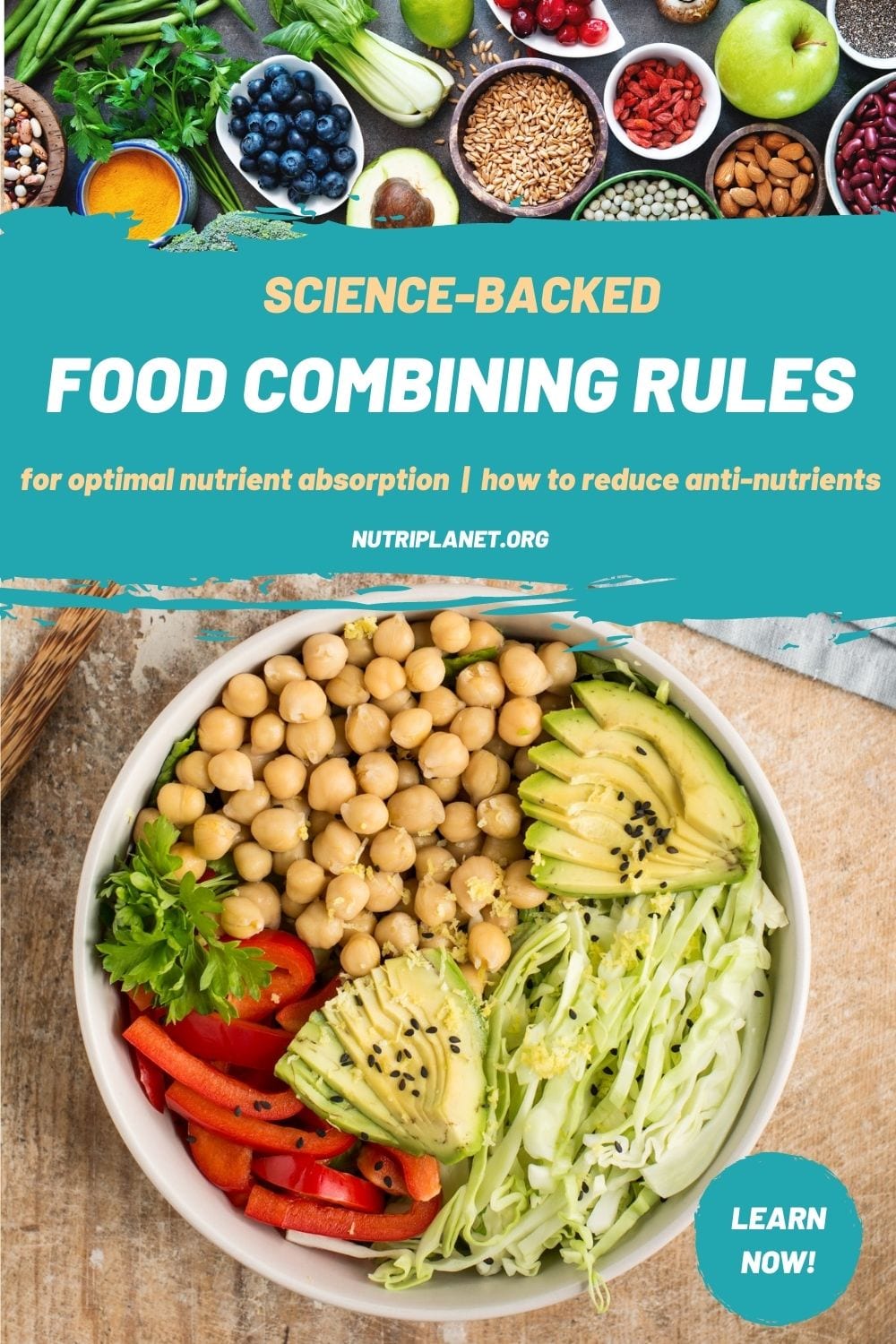
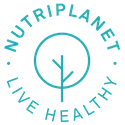
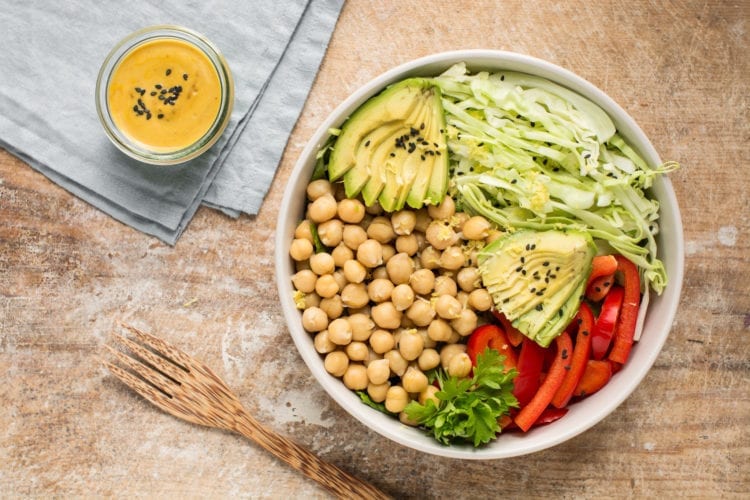











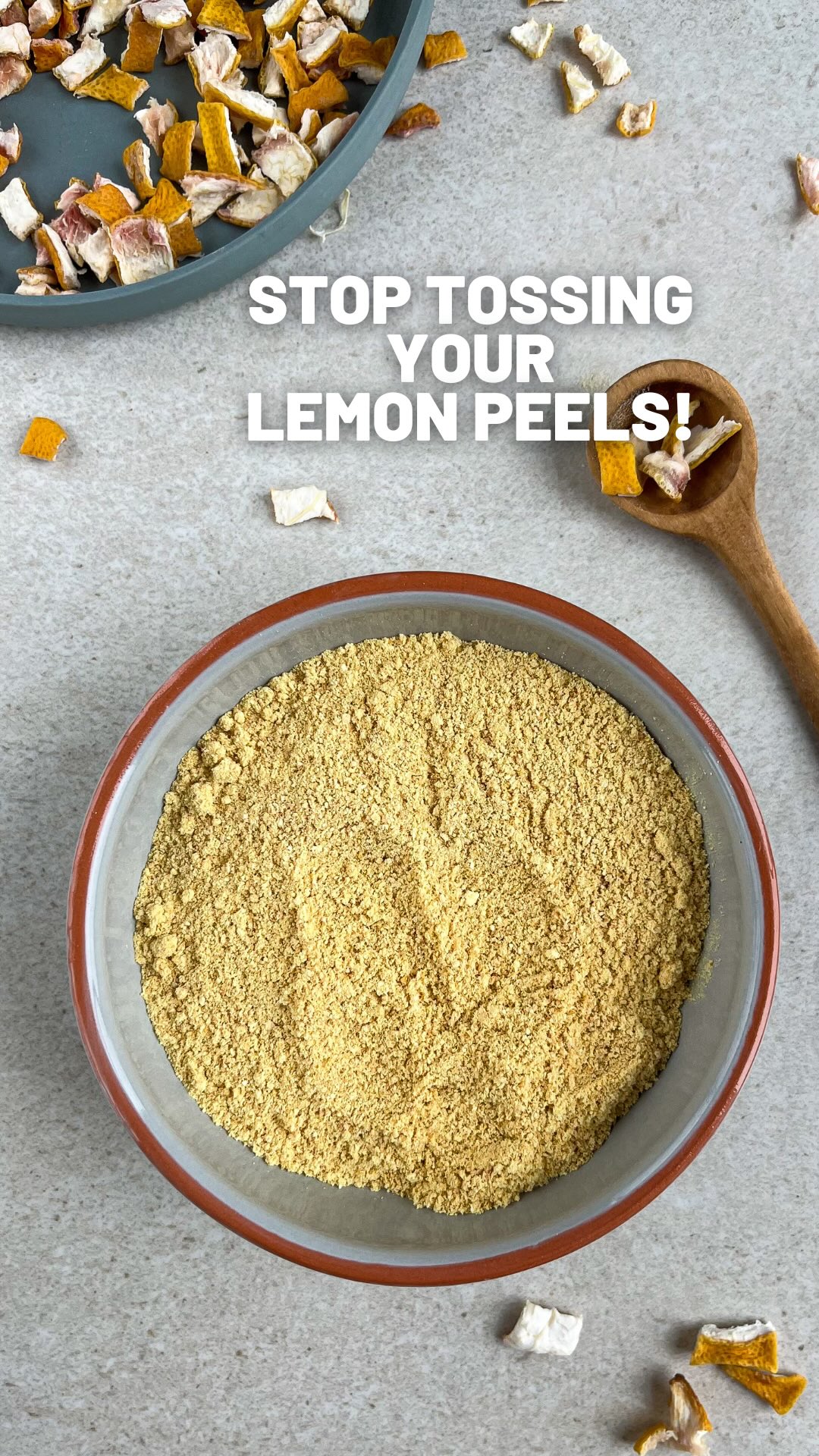
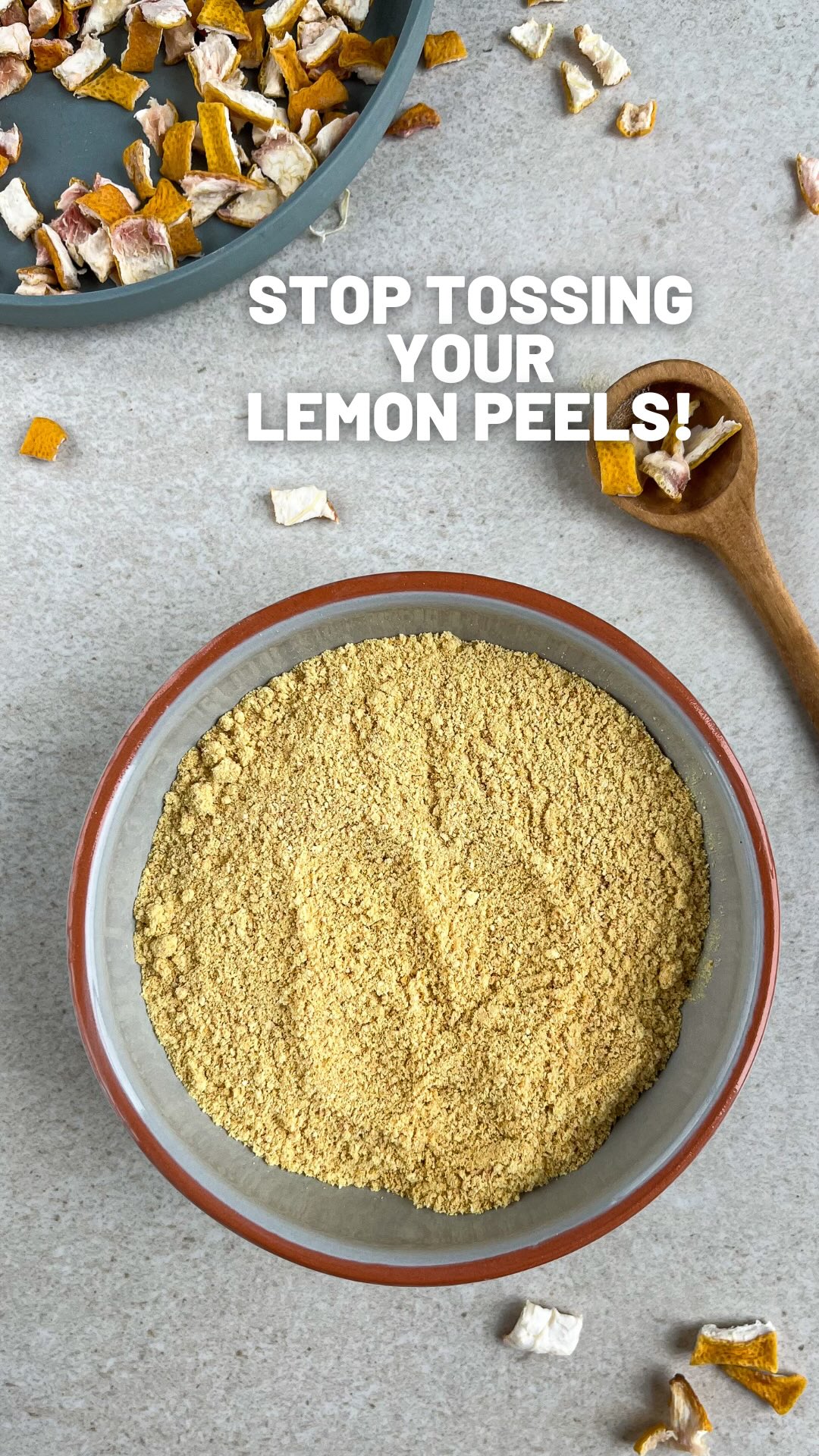

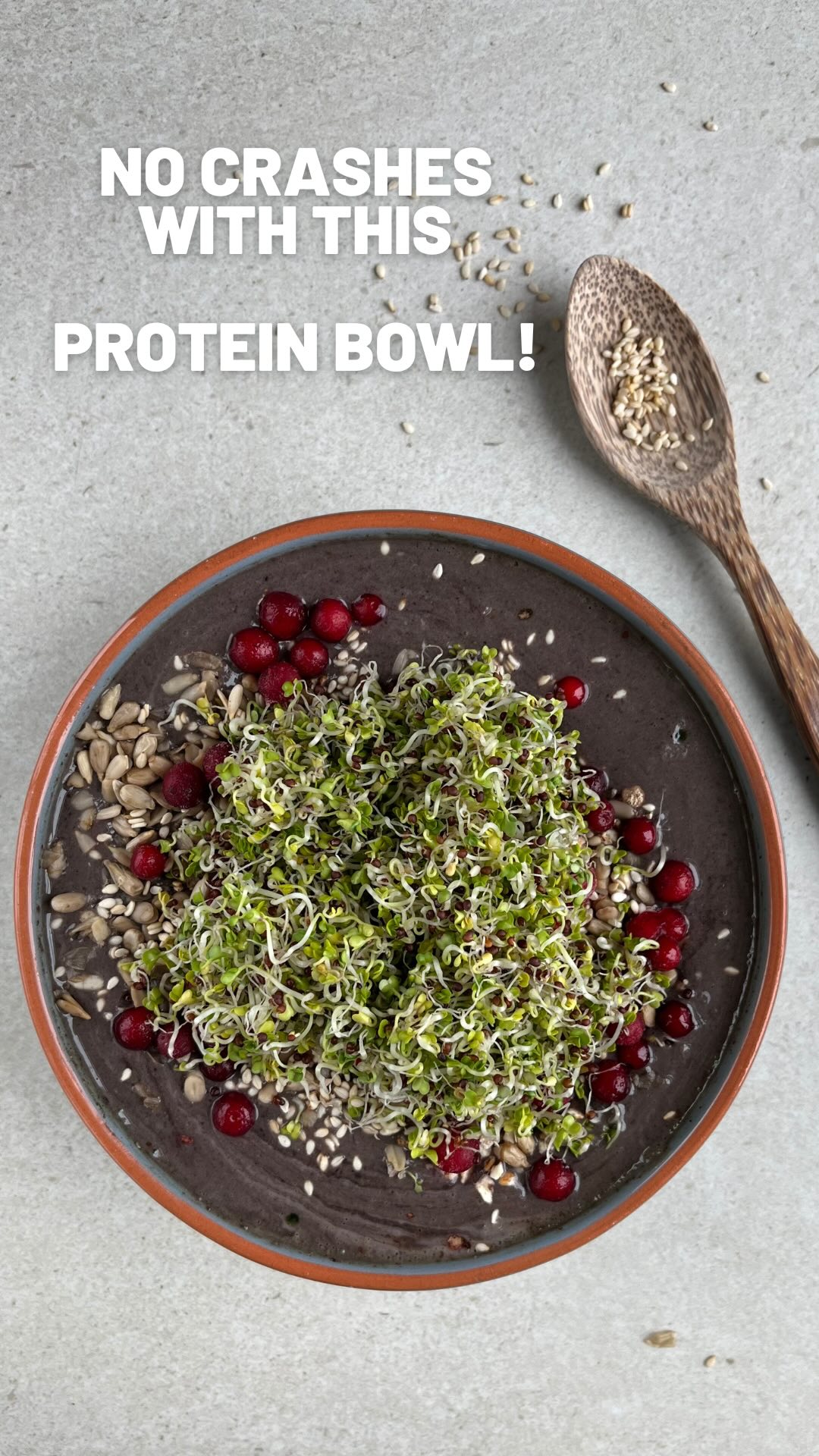











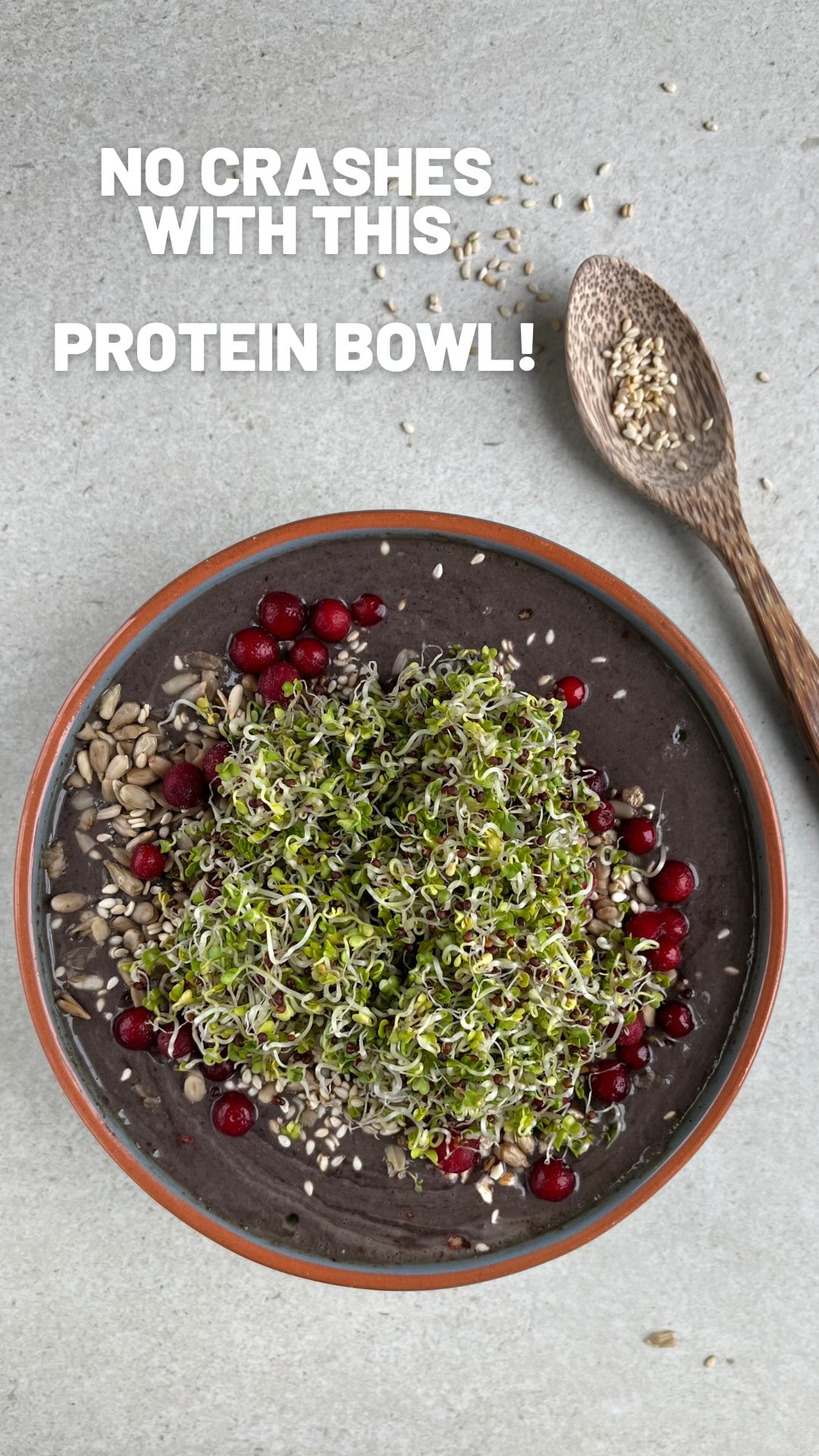






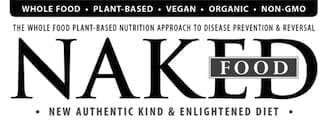


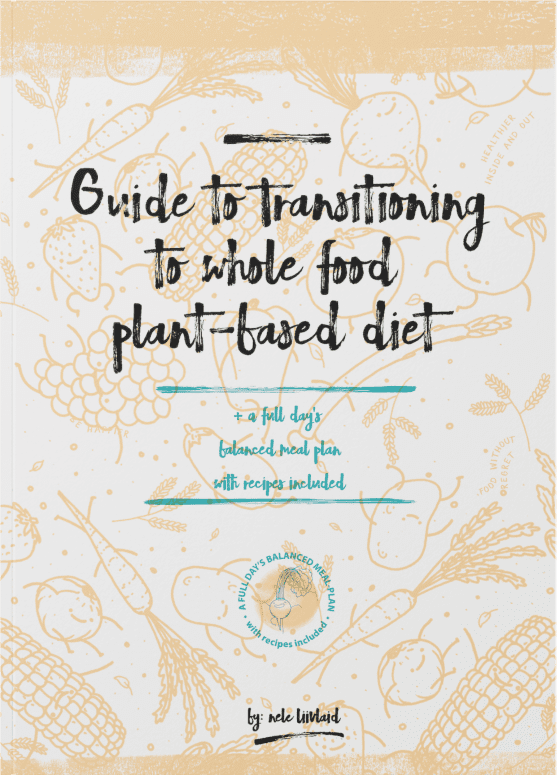
This was awesome! Thanks.
I’m glad that you found it useful!